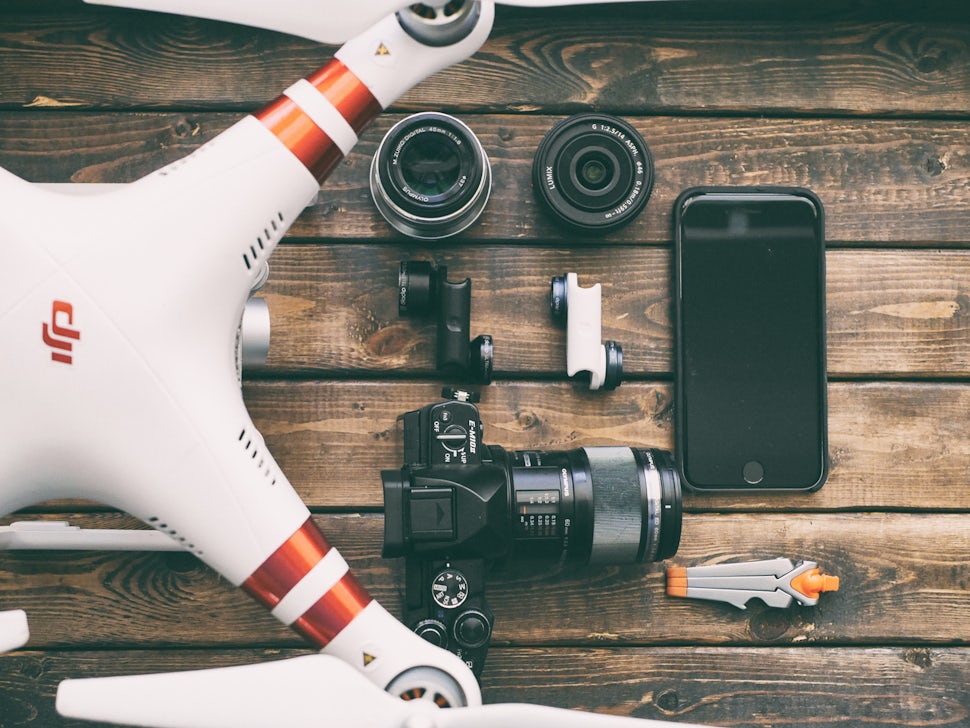How to Travel with a Drone
There’s no point in traveling with your drone if it arrives broken.

Protection Is Key
My advice is pretty simple, get a hardshell. Whether that’s a backpack or a case, you want a hard plastic cocoon protecting your expensive equipment.
For smaller drones like the Phantom, I recommend a hardshell backpack. Both the DJI and Lowepro packs are great and will suit your needs. For larger drones, like the Inspire, a rolling Pelican style case is going to be your best option. Be sure sure to pick up the foam cutouts for your specific copter as well.
Keeping an eye on your drone will go a long way to keeping it safe. So, for smaller drones always carry them onto the plane. This is also why I recommend backpacks because they’ll usually fit in the overhead compartments. For large drones you’ll probably need to check it due to the size of the case, but pelican cases we’re designed specifically for this and you shouldn’t run into any problems.
Bottom line, a hardshell case is your best form of protection.
The Big One
Rechargeable lithium ion batteries must always be carried in carry-on baggage. If you’re checking your drone, you’ll need to pull the batteries out of the case and bring them with you on the plane.
You’ll need to verify with the airline, but the FAA regulations limit passengers to only two lithium ion batteries over 100 watt hours (Wh). There is no limit for batteries under 100 watt hours.
As an example, the batteries for the DJI Phantom 4 Pro are 89.2 Wh and the batteries for the Inspire 2 are 97.58 Wh. So you can legally bring as many of each of those batteries as you want.
There are a few steps you’ll want to take to avoid any potential problem. Place each battery into an individual plastic bag or put a piece of electrical tape over the terminal. The should prevent any potential short circuit. Also, if your batteries appear swollen or have any deep cuts don’t bring them.
Here are the links to the FAA and TSA's rules on lithium ion batteries.
Tips For The Security Line
Print out the rules. I like to keep a copy of the FAA and TSA rules on lithium ion batteries in my case. If a problem arises you can speed up the process with the TSA agents by citing the rules. Don’t assume the TSA agents will be up to date on lithium ion batteries info.
Also place your batteries in their own bin, just like you do with your laptop.
Extra Supplies
One last thing, bring extra props. You don’t want to break a prop and be stuck trying to find spares in an area that might not have any.
We want to acknowledge and thank the past, present, and future generations of all Native Nations and Indigenous Peoples whose ancestral lands we travel, explore, and play on. Always practice Leave No Trace ethics on your adventures and follow local regulations. Please explore responsibly!
Do you love the outdoors?
Yep, us too. That's why we send you the best local adventures, stories, and expert advice, right to your inbox.







